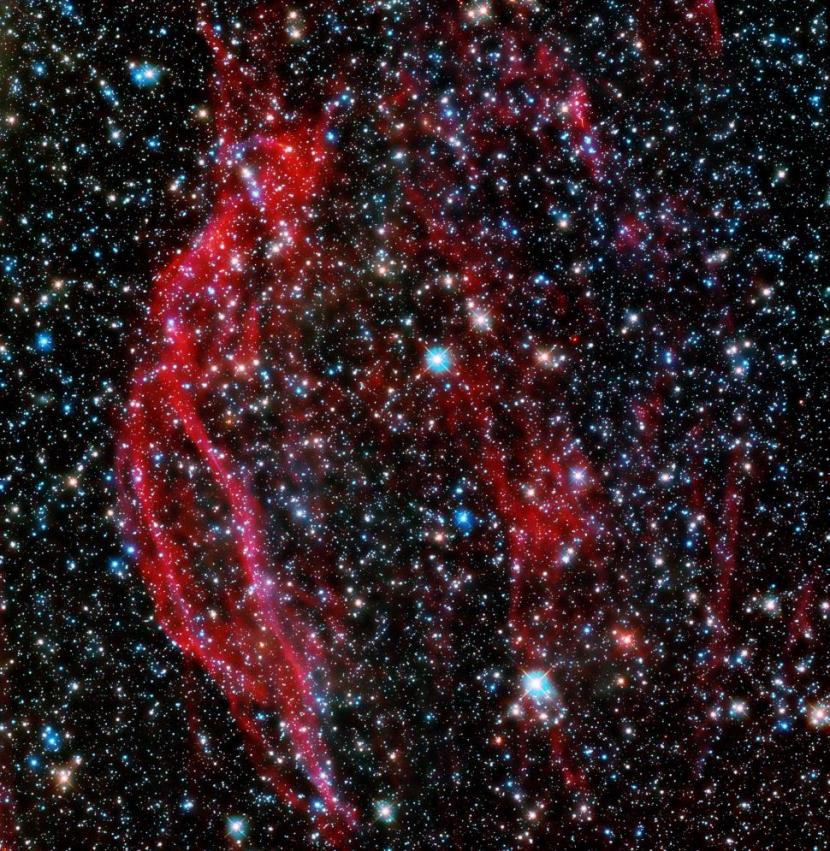The photo depicts the explosion of a white dwarf star reaching the end of its life.
REPUBLIKA.CO.ID, WASHINGTON — The Hubble Telescope captures images of the remnants of the shards star explosion shining bright red. The living chunk of cosmic gas is the result of the explosion of a white dwarf star reaching the end of its life, also known as supernova Type 1a.
This supernova remnant, officially known as DEM L249, is located in the Large Magellanic Cloud (LMC), which is a satellite dwarf galaxy of the Milky Way and among the closest galaxies to Earth.
Hubble took this new photo of DEM L249 as it surveyed the LMC in search of surviving stellar pairs of exploding white dwarfs, according to a statement from NASA.
“White dwarfs are usually stable, but in binary systems—two stars orbiting each other—a white dwarf can gravitationally pull so much material away from its companion that it reaches a critical mass and explodes,” the official said. NASA in the statement, quoted from Space, Friday (12/11).
DEM L249 is a very unusual supernova remnant, believed to have been a large white dwarf and was relatively young when it met its end.
Using NASA’s Chandra X-ray Observatory and the European Space Agency’s (ESA) XMM-Newton space observatory, astronomers found that DEM L249 gas is hotter and shines brighter than other Type 1a supernova remnants.
Given that heavier stars emit more gas, the white dwarf that created DEM L249 is believed to be extremely massive when it exploded. In turn, the star will die earlier in its life cycle.
– .

